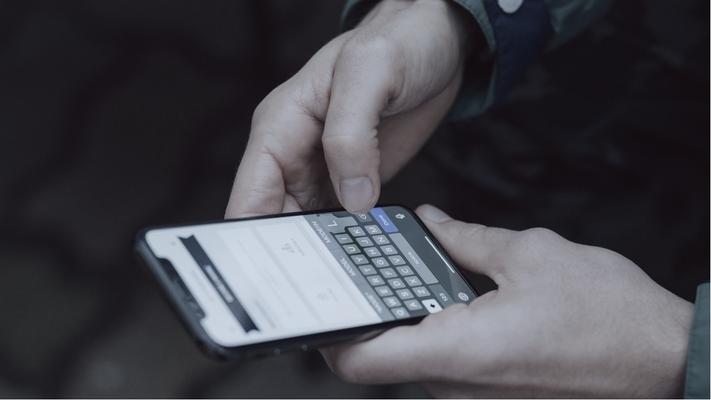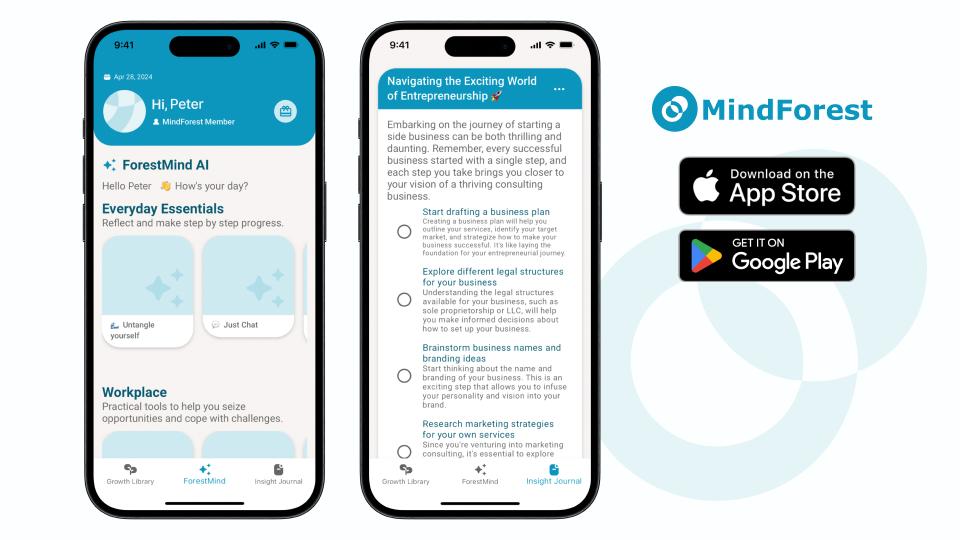
Ghosting and Avoidant Behaviour: Why We Pull Away and 3 Ways to Heal from It
Have you ever experienced ghosting? The two of you were chatting happily the night before, and the next day the person suddenly disappears, never replying again?
Do you often feel like you’re being used in a relationship? In this article, we will explore the psychological underpinnings and offer strategies to overcome the situation and establish healthier boundaries.

Do you often feel like you’re being taken advantage of, sensing that those around you see you merely as a tool for their own benefit? This silent anger, brewing beneath the surface, can stem from friends, colleagues, or even loved ones failing to show you the respect you deserve. Understanding the personality traits that make someone more likely to be used is crucial in addressing and overcoming these feelings of exploitation in relationships. In this article, we will explore the psychological underpinnings and offer strategies to overcome the situation and establish healthier boundaries.
Recognising the signs of being used in a relationship is crucial for maintaining our emotional well-being and establishing healthy boundaries. Here are some key indicators that you might be experiencing this kind of dynamic:
To determine if you are prone to being used in relationships, examining your personality traits is a good starting point. In psychology, the Big Five Personality Test (McCrae & Costa, 2008) is a popular tool in analysing personality.
First, consider Agreeableness. While high agreeableness means you value others' feelings and prioritise their emotions, the trait alone does not necessarily make you more prone to being used — the two other traits below must be considered as well.
The two additional traits that make someone more likely to be used in relationships are Neuroticism and Conscientiousness. High neuroticism involves experiencing negative emotions frequently, leading to anxiety and self-doubt. High conscientiousness is linked to a strong sense of responsibility and systematic approach to commitments, making you feel guiltier when you fail to meet others’ expectations.
If you exhibits high levels of agreeableness, neuroticism, and conscientiousness, you might be more prone to being used or manipulated in relationships. This combination can make you more likely to experience negative emotions, doubt yourself, and prioritise others' feelings over your own. Your strong sense of guilt might also make you vulnerable to emotional manipulation.
If you recognise these traits in yourself, you might need to consider whether you have become someone who is being used in a toxic relationship.
If you find yourself in a social circle where you are consistently taken advantage of, it’s crucial to take steps to distance yourself. Gradually reducing interactions with these individuals can help protect your self-esteem. For instance, if you’re in a workplace where you feel undervalued and exploited, you may not be able to leave immediately due to practical considerations. However, you can focus on building your own value and self-esteem continuously.
Learning Assertive Communication is vital if you’re being used in relationships. Assertive communication involves firmly expressing your personal boundaries under pressure without being aggressive (Lonczak, 2020).
Why should we set personal boundaries in relationships? Without boundaries, you might find yourself tolerating poor treatment, which can perpetuate a cycle of self-sabotage and damaged self-esteem.
Here are three steps to use assertive communication in relationships:
Step 1: Set Personal Boundaries in Advance.
Define what an ideal relationship looks like for you and write down or establish some guidelines for yourself.
Step 2: Set a Clear Deadline for Yourself.
Decide on a timeframe, such as three months or six months. If the situation doesn’t improve, consider ending the relationship.
Step 3: Communicate Your Boundaries to the Other Party.
This might feel intimidating, but growth often comes from challenging situations. Assertive communication helps you maintain your well-being and avoid being used.
By applying these strategies, you can better manage situations where you are being used or emotionally blackmailed and enhance your overall well-being in your relationships, and MindForest can help you grasp a more clear picture and customise a plan for the implementation of the strategies.
MindForest is your specialised AI coach, designed to help you address and overcome the feeling of being used in your relationships. Key features include:
1) Interactive Psychology Courses: Tailored to help you recognise and overcome the feeling of being used, these courses enhance your resilience and well-being, teaching effective management of personal relationships.
2) AI Coaching for Assertiveness: Discuss your relationship dynamics confidentially, gain strategies to assert boundaries and improve well-being, and reduce tendencies to be used by others.
3) Reflective Insight Journal: Personalised journals track your progress in fostering healthier relationships and overcoming feelings of being used.

Download MindForest and empower yourself to prioritise your well-being and resist being used in relationships.
References
DeYoung, C. G., Quilty, L. C., & Peterson, J. B. (2007). Between facets and domains: 10 aspects of the Big Five. Journal of Personality and Social Psychology, 93(5), 880–896.
Lonczak, H. S. (2020, September 3). What Is Assertive Communication? 10 Real-Life Examples. Retrieved from https://positivepsychology.com/assertive-communication/
McCrae, R. R., & Costa, P. T., Jr. (2008). The five-factor theory of personality. In O. P. John, R. W. Robins, & L. A. Pervin (Eds.), Handbook of personality: Theory and research (3rd ed., pp. 159–181). The Guilford Press.
Discover practical psychology tips you can apply to your everyday life. From building resilience to improving relationships and finding work-life balance, our blog brings expert-backed insights that help you grow.

Have you ever experienced ghosting? The two of you were chatting happily the night before, and the next day the person suddenly disappears, never replying again?

This article breaks down the psychology of nonchalance, signs of a nonchalant dater, the debate nonchalant vs chalant, and what truly matters when forming modern relationships.

Have you ever felt so intensely drawn to someone that you couldn’t stop thinking about them—imagining every possible interaction, decoding every message, overanalysing every glance? If so, you may not be experiencing love, but something more specific: limerence.
Download MindForest and turn these insights into action. Get personalized support from ForestMind AI Coach, track your progress, and unlock your full potential.